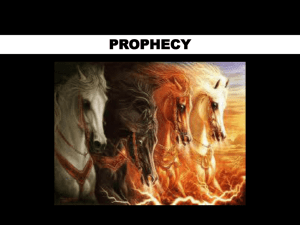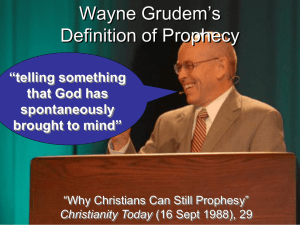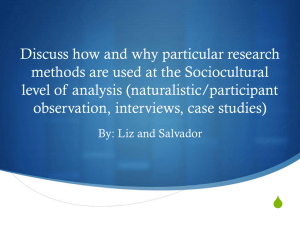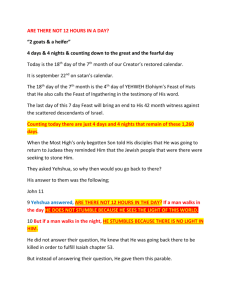Das Lernen von Fertigkeiten
advertisement
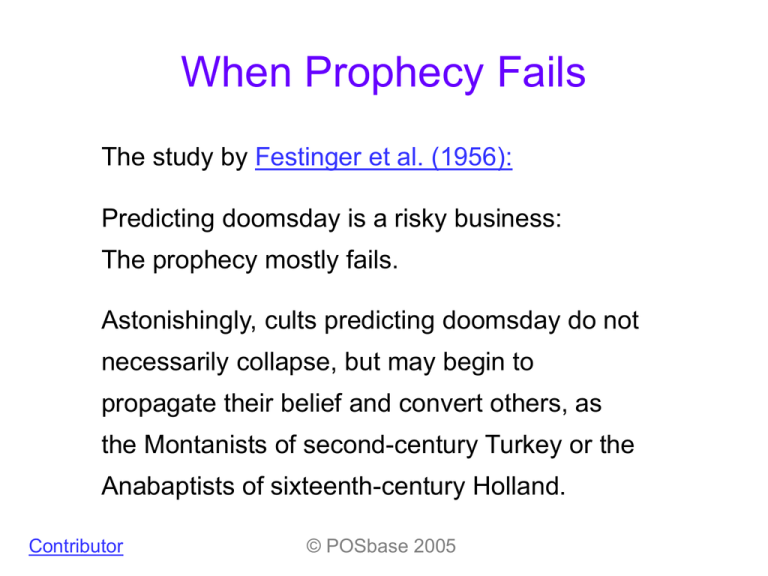
When Prophecy Fails The study by Festinger et al. (1956): Predicting doomsday is a risky business: The prophecy mostly fails. Astonishingly, cults predicting doomsday do not necessarily collapse, but may begin to propagate their belief and convert others, as the Montanists of second-century Turkey or the Anabaptists of sixteenth-century Holland. Contributor © POSbase 2005 When Prophecy Fails The leader modern-day doomsday cult told that she received a message that a flood will destroy earth on a certain day, but that believers in the cult will be saved by aliens in flying saucers at midnight. Leon Festinger, Henry Riecken, and Stanley Schachter, three psychologists at the University of Minnesota, decided to join the cult and to observe what happened after failure of the prophecy. © POSbase 2005 When Prophecy Fails On the expected doomsday, the cult members sat down, prayed, and waited for the aliens. As they approached midnight, suspense increased, but nothing happened. Towards dawn, it was clear to the members that the prophecy failed, and the cult was near dissolution. Then came the decisive moment: © POSbase 2005 When Prophecy Fails The leader of the doomsday cult raised her arm and wrote down a message that she told she just got from the aliens: “The little group, sitting alone all night long, had spread so much light that God had saved the world from destruction.” However, this alone was not enough; another ingredient was needed: © POSbase 2005 When Prophecy Fails The leader called a newspaper in order to publicize the success. All of a sudden, the other members felt an urge, too, to go public with their story: They have saved earth through their prayers. Why did people continue to believe in the cult, and some people even become stronger in their belief, although its’ prediction evidently failed? Let us read what two members said : © POSbase 2005 When Prophecy Fails A mother with a three year-old child in her arms: “I have to believe the flood is coming on the twenty-first because I’ve spent all my money. I quit my job, I quit my computer school … I have to believe.” © POSbase 2005 When Prophecy Fails A leading member of the cult: “I’ve had to go a long way. I’ve given up just about everything. I’ve cut every tie. I’ve burnt every bridge. I’ve turned my back on the world. I can’t afford to doubt. I have to believe. And there isn’t any other truth.” Both members argue with what their beliefs has cost them; they commit the sunk-cost fallacy. © POSbase 2005 When Prophecy Fails There are several theories that can explain why members even intensified their belief in the cult: The failure of the prediction led to cognitive dissonance. Believing that the cult saved the world and propagating this message served to reduce dissonance. Self-perception theory: They observe what they do and see that they propagate the message, so that they endorse their own belief. Self-affirmation theory: People need to be affirmed and therefore act in a way that maintains their self-worth. © POSbase 2005
